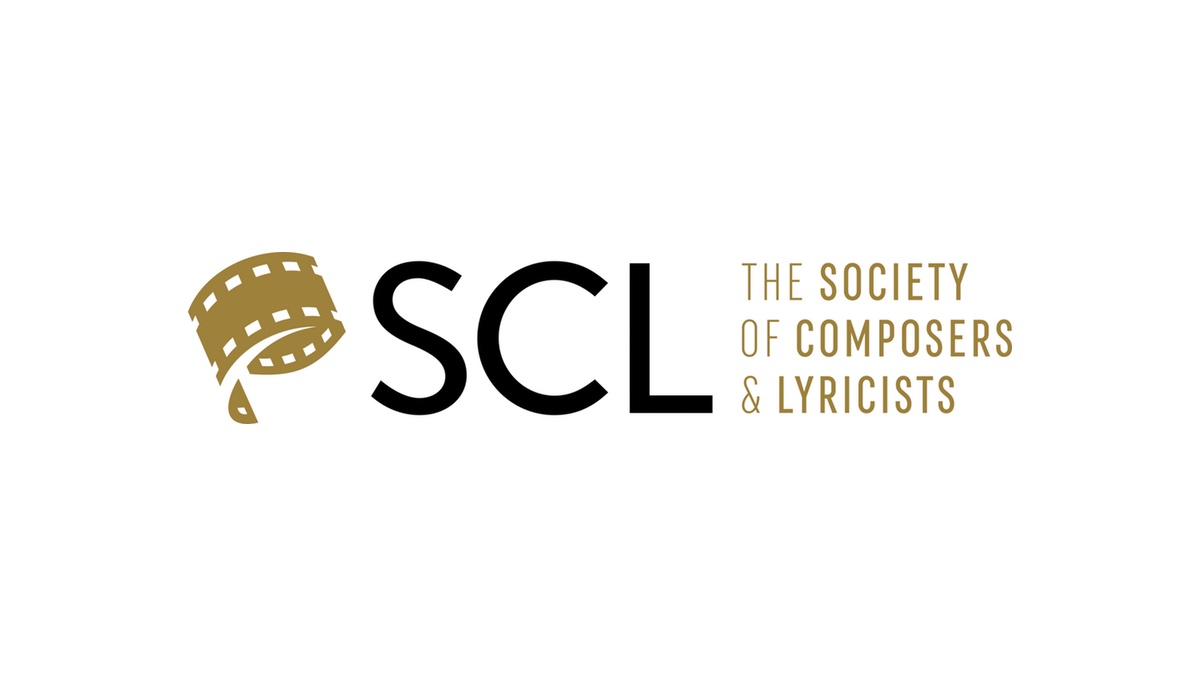
Exhibition of Musical Manuscripts plus Concert features Italian Art & Music
Exhibition of Musical Manuscripts from the Naples Conservatory and Concert by Renowned Italian pianist, Maestro Michele Campanella, of Naples.
Grand opening:
April 30, 2009 (Exhibition runs April 30 – June 1, 2009)
Concert:
April 30 at 6:30 p.m.
SCL MEMBERS INVITED
Los Angeles, April 4, 2009 – Under the auspices of the General Consulate of Italy, the Italian Cultural Institute of Los Angeles, together with the Region of Campania, Italy, present a unique exhibit of musical manuscripts on loan from the collection of the San Pietro a Majella Music Conservatory of Naples. The opening of the exhibit will be celebrated with a concert featuring sonatas of Domenico Scarlatti performed by the renowned Italian pianist, Michele Campanella of Naples. These events are presented in honor of the landmark exhibition, Pompeii and the Roman Villa: Art and Culture around the Bay of Naples, at the Los Angeles County Museum of Art (LACMA). Introductory remarks before the concert will be made by Mitch Glickman, Director of Music Programs at LACMA.
The exhibit includes original handwritten scores by musical luminaries such as Cimarosa, Pergolesi, and Paisiello, among others. A number of the scores are signed by the composers. The manuscripts date from the 18th century, known as the “golden age of Naples.” The era of the “settecento” was a period of tremendous cultural ferment due to the discoveries at that time of the ruins of Pompeii and other ancient cities.
The exhibit serves to highlight Naples as a city of music, at a time when the renewed interest in classical culture inspired the creative genius. Naples was a magnet for foreign travelers, including some of the most prominent musical figures of the time, such as Handel , Mozart, and Gluck. In Naples, music was heard everywhere: in the churches, in the streets, in the houses, and in its numerous music conservatories. In this period, the early roots of the present day Music Conservatory of Naples were established at the former convent of “San Pietro a Majello,” in the historic center of the city. Considered one of the leading music schools in Europe, the Naples Conservatory boasts an outstanding collection of rare manuscripts that has provided the treasures for this exhibit.
The rediscovery of classic antiquity as a result of the unearthing of Pompeii and Herculaneum produced a widespread fascination with classical themes and mythology. Included in the exhibit is a manuscript copy of Pergolesi’s Orfeo cantata, inspired by the myth of Orpheus. Also on display is Gluck’s score of Orpheus and Euridice, which was used for the performance at the San Carlo Opera Theater in 1774. The Greek and Roman classical past was a great source of inspiration for the musical opera of the 18th century, as seen in the vast number of librettos based on historical episodes, literature and myths. Also included in the exhibit is Piccinii’s Hercules at the Thermadont.
The concert by Michele Campanella provides a perfect complement to the exhibit with a rich sampling of the sonatas of Domenico Scarlatti.
Michele Campanella has figured prominently on the principle pages of piano literature. As a result of his training with the Neapolitan piano school, under the tutelage of Maestro Vincenzo Vitale, he is known as an artist of extraordinary versatility. He has played with the most important orchestras in Europe and the United States, and is frequently invited to perform around the world. His discography is vast, and among other honors, he received an award in recognition of his recordings of the Great Transcriptions of Franz Liszt, produced by Philips. He was awarded the Gran Prix du Disque by the Franz Liszt Academy of Budapest. Most recently, he was singled out to receive the prestigious prize of the Fondazione Premio Napoli.
The exhibition was organized under the direction of Dr. Loredana Conti, Director of the Division of Libraries and Museums for the Region of Campania, with the coordination of the Center of Musical Studies of Washington, D.C.
The exhibition was made possible by the generous sponsorship of the Region of Campania, Italy. Parts of the show were presented at the Italian Embassy and the National Gallery of Art in conjunction with the opening of Pompeii and the Roman Villa: Art and Culture around the Bay of Naples in Washington, D.C. in the Fall of 2008.
